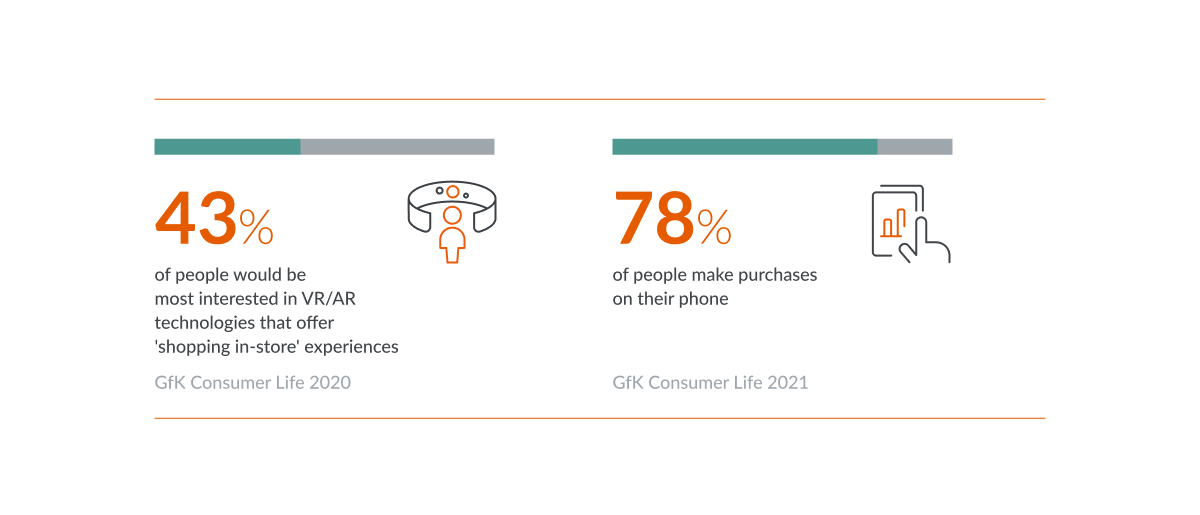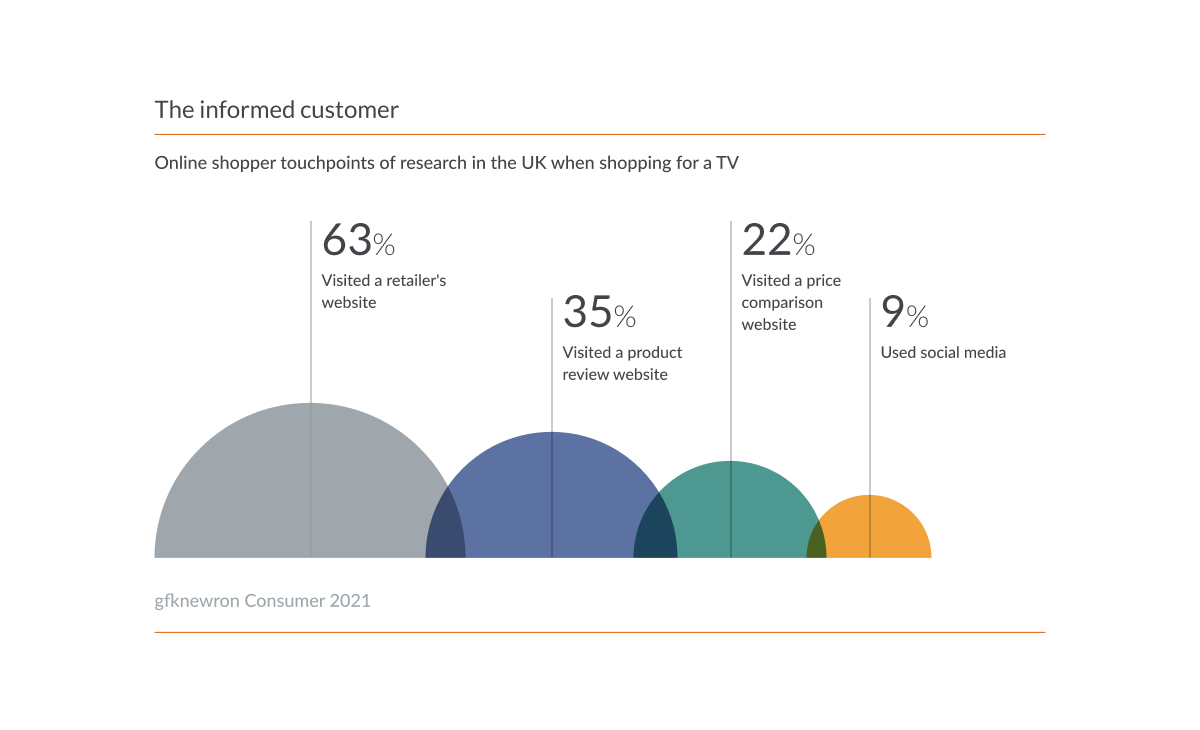Delivering an omnipresent brand is a great challenge. By adapting the customer experience through omnichannel marketing and powered by data, senior marketers must be the internal customer guardian.
A good chief marketing officer (CMO) finds the right balance between using data, technology and creativity. That’s easier said than done, however, in an omnichannel environment with seemingly endless touchpoints through which consumers can interact and engage with a brand.
Companies have been using omnichannel marketing for years. Marketers using three or more channels in a campaign earned a 494% higher order rate than those using a single-channel campaign according to Omnisend. The trend for organizations to lean on eCommerce to meet customer demands is undeniable, however the allure of the physical store experience still has its place. As many as 82% of customers check product availability on digital channels prior to heading to a store. Technology alone is not enough, only a truly omnichannel experience will enable a complete transaction.
However, the multiple interaction points mean they need to work a lot harder to adapt their messages and tone of voice, while maintaining cohesion and brand sentiment across platforms. Customers not only expect digital experiences to be more personalized, but they also want brands to be consistent and easy to navigate, regardless of whether they’re buying online, in-store, direct or through a third party.
“When you begin investing in omnichannel marketing, you see people engaging in different ways on different channels, so you have to flex. Only once you start serving your clients in a better way do you realize that your brand comes across differently,” says Gonzalo Garcia Villanueva, Global CMO at GfK. “Winning brands will be those who successfully adapt to new platforms and ensure a personalized and seamless customer experience.”

Capturing consumer behavior through omnichannel marketing data
It falls to the CMO to ensure the needs and wants of the customer are truly heard across the business, and to align the departments involved in delivering products and experiences that present a consistent picture of the brand, through omnichannel marketing campaigns, retail partnerships, operations and customer service. To do this successfully, marketers need to get particularly close to both product and user experience, in a position where they can align such insights with their own data and influence decision-making.
“It’s crucial CMOs push on this front, becoming the customer's voice internally, taking a more active role in understanding consumer behavior and shaping all marketing efforts around that, as well as being the voice of the brand externally,” says Garcia Villanueva. “If you're winning or losing business, you need to understand why. What are consumers looking for in a product? What is their perception of your brand? Where do you need to invest to improve that? Successful products have a great feedback loop from every purchase and interaction.”
As part of this, technology needs to be an enabler, rather than a blocker. That means using data at the right points to inform an omnichannel marketing campaign more tactically or to define a company’s strategy. Yet, equally, data must never kill creativity, but rather point it in the right direction and inform learnings. It’s a fine balance for a CMO to achieve, but working with partners like GfK helps serve data in the right place and the right moment.
Trends shaping the customer experience
If customers are forming opinions of a business through multiple touchpoints and interactions, the marketing department needs to have a clear view across all of them, as well as a globally nuanced approach. In Japan, for example, GfK data showed 59 percent of TV shoppers between January and September 2021 visited a price comparison website when researching products online, compared to only 22 percent in the UK, highlighting cultural differences marketers should be aware of when devising their omnichannel marketing strategies.

Data is integral to understanding the nuances of customer behavior, whereby the sophistication of digital channels can be leveraged to enhance real life experiences, making a robust exchange between channels.
Yet, “two thirds of the retail buying process now takes place without any interaction with the sales team; marketing has to fill this void,” says Alex MacAdam, Vice President and Head of Global Go-to-Market at Fujitsu. “The customer buying journey is no longer linear. It’s trickier to pinpoint what encourages people to buy in the first instance and then what encourages retention moving forward. As such, the marketing department has as much of a part to play post-purchase, developing customer loyalty, for instance, as they do pre-purchase.”
Emphasizing brand value
Traditionally, marketing has been seen as a function that brings in revenue, but doesn’t necessarily involve any corporate or reputational value-add. The pandemic has, however, contributed to “time spent" with a brand becoming a more valuable commodity. Marketers are intrinsic to growing both the quality and quantity of this “time” and consumer trust.
With so many more channels to contend with, the challenge is ensuring consistency of experience while maintaining clarity about the role of the channel within the customer journey and life cycle. Technology enables companies to scale up digital platforms very quickly, but if the expertise and data are not available to ensure the brand and customer experience keeps pace, it can easily result in fragmentation.

Does your brand building activity deliver results?





